- europages
- >
- COMPANIES - SUPPLIERS - SERVICE PROVIDERS
- >
- dyes and pigments- industrial - nonfood
Results for
Dyes and pigments- industrial - nonfood - Import export
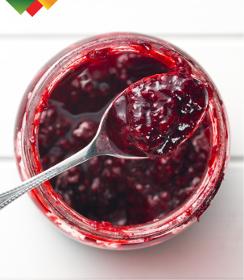
ROHA EUROPE SL
Spain
Carmine Carmine, also called cochineal is a bright red pigment obtained from the aluminium salt of carminic acid. The pigment is extracted from the female cochineal beetle, (Dactylopius coccus costa), inhabiting only on the prickly pear cactus (Opuntia ficus indica). Grown in Peru, Ecuador and Canary Islands. It is the most stable and vibrant natural colour and is applied across many food applications to give bright pink shades Applications: Soft Drinks, Alcoholic Drinks, Confectionery, Seasonings, Baked Goods, Meat Applications, Desserts, Soups and Sauces, Fat Coatings, Jams and Jellies, Dairy Product
Request for a quote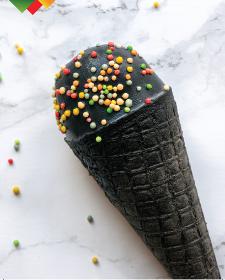
ROHA EUROPE SL
Spain
Carbon Black E153 As the name suggests, CarboVegetabilis (or Carbon Black) is made from fine particles of carbonized vegetable material. The finer the particles, the higher the power of coloring. Its most common application form is a water dispersible suspension (paste). Possible shades range from grey to black, depending while offering excellent pH, light and heat stability. Points to note: Although most commonly in powder form, Roha also offers a paste variant should dusty powders wish to be avoided Applications: Hard Boiled Candy, Jellies, Ice Cream, Cookies, Breads
Request for a quote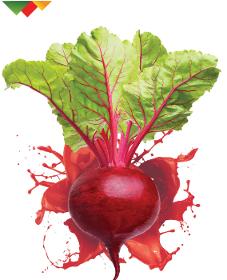
ROHA EUROPE SL
Spain
Red Beet Red beet concentrate is extracted from selected fresh red beetroots. It is concentrated and pasteurized by physical means to obtain an intense standardized color. Betanin is the colouring component and although not usually stable to high temperatures, Roha offers a unique heat stable redbeet option which can be used as a carmine replacer across multiple application Applications: Yoghurts, Confectionery, Ice Cream and Frozen Desserts, Fruit Preparations, Strawberry Milk, Meat, Prepared FoodD BE
Request for a quote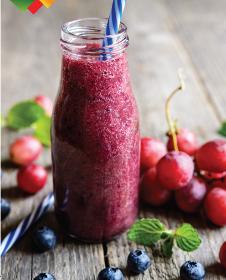
ROHA EUROPE SL
Spain
Anthocyanin Anthocyanins are extracted from many fruits and vegetables and can provide a wide range of shades or colours in different applications. These water soluble pigments can be free form or acylated which can improve pigment stability and modify the shade. Careful blending of different anythocyanins can provide unique and interesting colours. Anthocyanin is extracted from fruits and vegetables, like Grape Skin, Elderberry, Red Cabbage, Red Radish, Purple Corn, Purple Sweet Potato, Purple Carrot Applications: Beverages, Preserves, Jams and Jellies, Confectionery, Prepared Food, Bakery
Request for a quote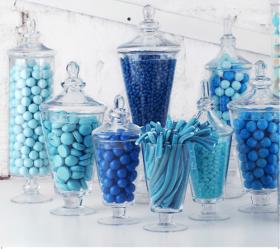
ROHA EUROPE SL
Spain
Spirulina Spirulina Extract is made from biomass of the Cyanobacteria Arthrospira Platensis. The blue green alga Spirulina is arguable nature’s most powerful green food. With over 60% protein content, Spirulina is the highest, most digestible source of “complete” protein. Spirulina is usually grown in open ponds across china, India and the US and requires a sunshine year round. Spirulina can be offered in both powder and liquid forms and qualifies as a clean label blue natural colour. Although sensitive to low pH and high temperatures, Spirulina finds use across the confectionary and dairy applications Applications: Confections, Dessert Coatings and Frostings, Ice Creams, Yoghurts
Request for a quoteDo you sell or make similar products?
Sign up to europages and have your products listed
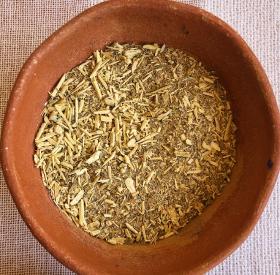
THEMAZI
Turkey
Weld Powder | Reseda Luteola L.| Dyers Rocket | Mignonette | Gaude | Yellow Color Natural Dyestuff | Weld is a biannual dye plant and it creates amazing yellow dyeing. Weld is native in Western Asia and the Mediterranean area it produces an excellent light yellow and wash fast yellow. It is a strong clear yellow to combine with indigo for emerald and leaf greens. The dye plant is cultivated in many countries now for yellow dyeing. Weld was used in ancient times as a dye plant for textile, painting, fresco, etc. Please use nearly between 3% to 5% WOF according to the destiny of shade you like. To mordant protein-based fiber (wool, hair, fur, and silk) please use with alum 15% WOF. For cellulose fiber pre mordant with oak gall tannin. Colors Obtained: According to the dying recipe; yellow and yellow shades. Component of Weld Dye: flavonoid luteolin
Request for a quote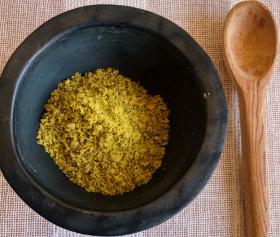
THEMAZI
Turkey
Buckthorn Powder The buckthorn plant has been used since the period of the Hittites in Anatolia. From the dyes present in the berries of the buckthorn, yellow, green, beige, and khaki colors can be obtained using various mordants such as alum, bluestone, sulfuric acid, common salt, bichromate, lime and tin salts. Its also called sea buckthorn. The insignificant greenish-yellow flowers produce berries that long remain green and then finally turn brown or black Rhamnus petiolaris is endemic to Central Anatolia, where it grows on rocky soil at altitudes between 3,300 and 8,300 feet, now often wilder than the earlier plantations. You can use buckthorn for bot for mordanting: WOF 13-15% for protein fibers and 7-9% for cellulose fabric. According to the dye recipe; orange-yellow, olive green, khaki, bright yellow. Title: Buckthorn Powder | Anatolian Buckthorn| Persian Berries | Rhamnus Petiolaris Boiss | Sea Buckthorn | Natural Dye
Request for a quote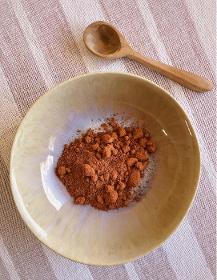
THEMAZI
Turkey
Its homeland is the Mediterranean region. It is also grown a lot in the Western and Central Anatolian regions. The paint prepared with Alizarin and Parparin materials obtained from the roots of the species is known in the world as Turkish red, Rubia Tinctorum. It is known to be the first plant used in yarn dyeing. Now you can buy madder from Turkey directly. It is a plant that grows on perennial and fertile soil with rhizostome 1 to 2 meters tall. The plant, which grows in the summer, has pale yellow flowers. In winter, the flowers of the plant are poured, but in spring they reopen. Its leaves are 4 to 6 pieces, circular from the same knuckle. The most likely homeland of foot boat is Anatolia. But it seems to have spread naturally to the Caucasus, Iran, Central West Asia, and the Himalayas. The most important dye plant for red color, the root boot has been cultivated for centuries.
Request for a quoteResults for
Dyes and pigments- industrial - nonfood - Import exportNumber of results
9 ProductsCountries
Company type